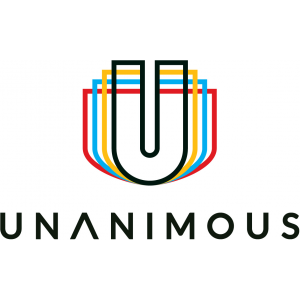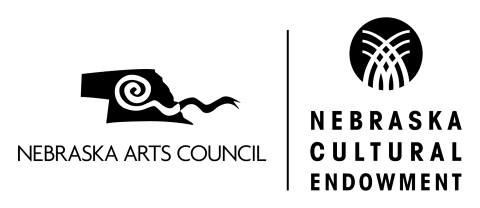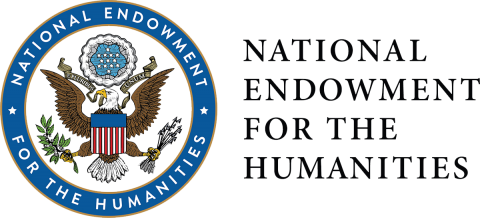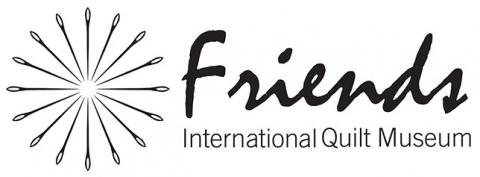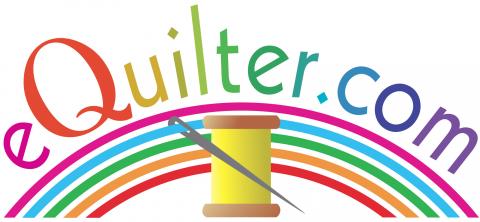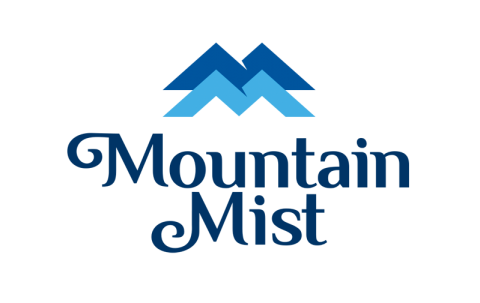Redwork Quilt
Redwork Quilt
Dated 1888
Fort Scott, Kansas
Gift of Eli Leon Trust, IQM 2019.042.0046
Redwork quilts, or quilts composed of outline embroidery stitches in red thread, were popular as fundraising quilts in the late 1800s and early 1900s. The blocks in this dated 1888 redwork are composed of various stitched geometric outlines which created spaces meant to hold a number of individuals’ names and, as in this quilt, the names of local businesses. Each entity paid a standard amount for the privilege of including their name. Members of the Fort Scott Methodist Church organized and made this quilt: they likely gave the money they raised to the church.
The story of the making the quilt was documented in the local newspaper, the Fort Scott Daily Monitor. The inscriptions on the quilt establish its origins, why it was made, and when it was completed. The Ladies of the Methodist Episcopal church of Fort Scott, Kansas used it as a fundraising activity, securing funds for advertising space, $3 per block, for the social activity when the quilt was displayed, for the meal served at that social activity (25¢), and for dessert for those who wished to partake of the cake and cream alone (10¢).
This quilt is featured in our virtual pop-up exhibit, Partisan Pieces: Quilts of Political and Patriotic Persuasion.
Once the advertising spaces were purchased, and space remained, the women created interest through blocks of their creation, including a tribute to the first school, a listing of the bishops and acting bishops of the M. E. Church between 1784 and 1889, the railroads that served their community, businesses in Kansas City, and one block that reflected the current issues for women, a block labeled “Equality before the Law” that listed women of accomplishments.
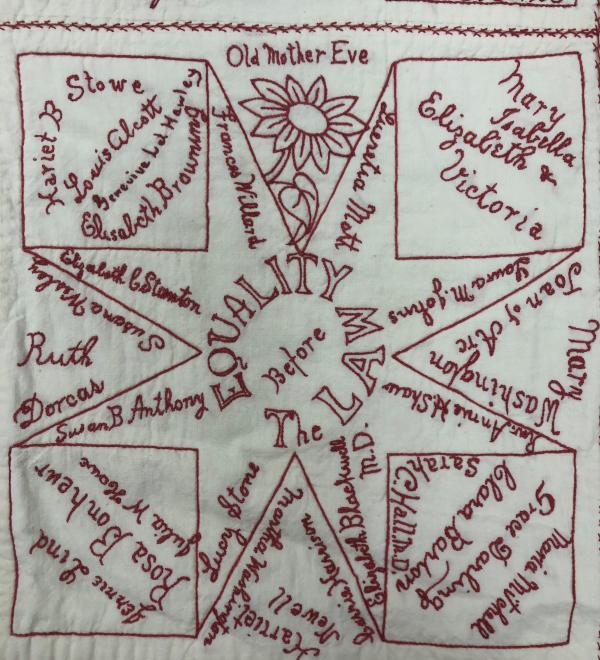
Here’s a selection of excerpts from the Fort Scott Daily Monitor documenting its making.
The ladies of the M. E. Church are doing a novel piece of work in the shape of a quilt or square. The business generally throughout the city has been advertised in it, and besides this, there are probably 1,000 names of Fort Scott people. The railroads, hose companies, foundry and old deestrict [sic] skool [sic] are all represented in the work. The cuts are unique. The works is all done in etching, and when completed will will [sic] be a beautiful piece of work. In the near future the ladies will place this square on exhibition and the public will be invited to inspect its beauties. - July 31, 1889
[Note from the IQM’s Genealogical Task Force: The OLD DEESTRICT SKOOL, a log cabin, was sketched in the center of block 4c, along with the date, 1820 [comment, Fort Scott was established in 1842, date may be in error] and the name of the current teacher in 1889, George Preston Knapp (1857-1931 b. Germany, [wife, Sophie Knapp (1856-1950). The lists in the block may be three members of the school board in 1889 and 39 people who once may have been students [based on the age of these persons in 1889].]
Be not mistaken. It is not a crazy quilt, but is perfectly sane in every way, new and novel, and it advertises almost the entire business of Fort Scott, besides having nearly one thousand names worked upon it. The quilt will be placed on exhibition Thursday evening in the building lately occupied by A. B. Paine. You are cordially invited to come and see it. An elegant supper will be served in the same room from 5 till 10 o’clock by the ladies of the M. E. church. - September 18,1889The social given by the ladies of the Methodist church last evening was a very enjoyaboe [sic] affair and was participated in by a large number of the friends of the church. The especial feature of the evening and the one that attracted most attention was the quilt made by the ladies which nets them $112, besides they have a standing offer of $20 for the quilt. The quilt is laid off in squares of equal size, forty-two in number. The price charged for each square was three dollars, and it contained the business advertisement of the purchaser. A number of squares were not paid for, the space being devoted to the public benefit. The quilt is an odd one, and required patience and labor to accomplish the result obtained. All of the work was done by hand. The background is white, and the designs and lettering done in red. The quilt will be place on exhibition at the coming fair. - September 20, 1889


